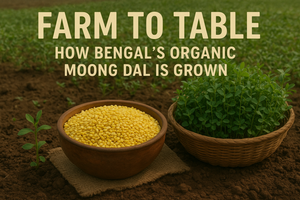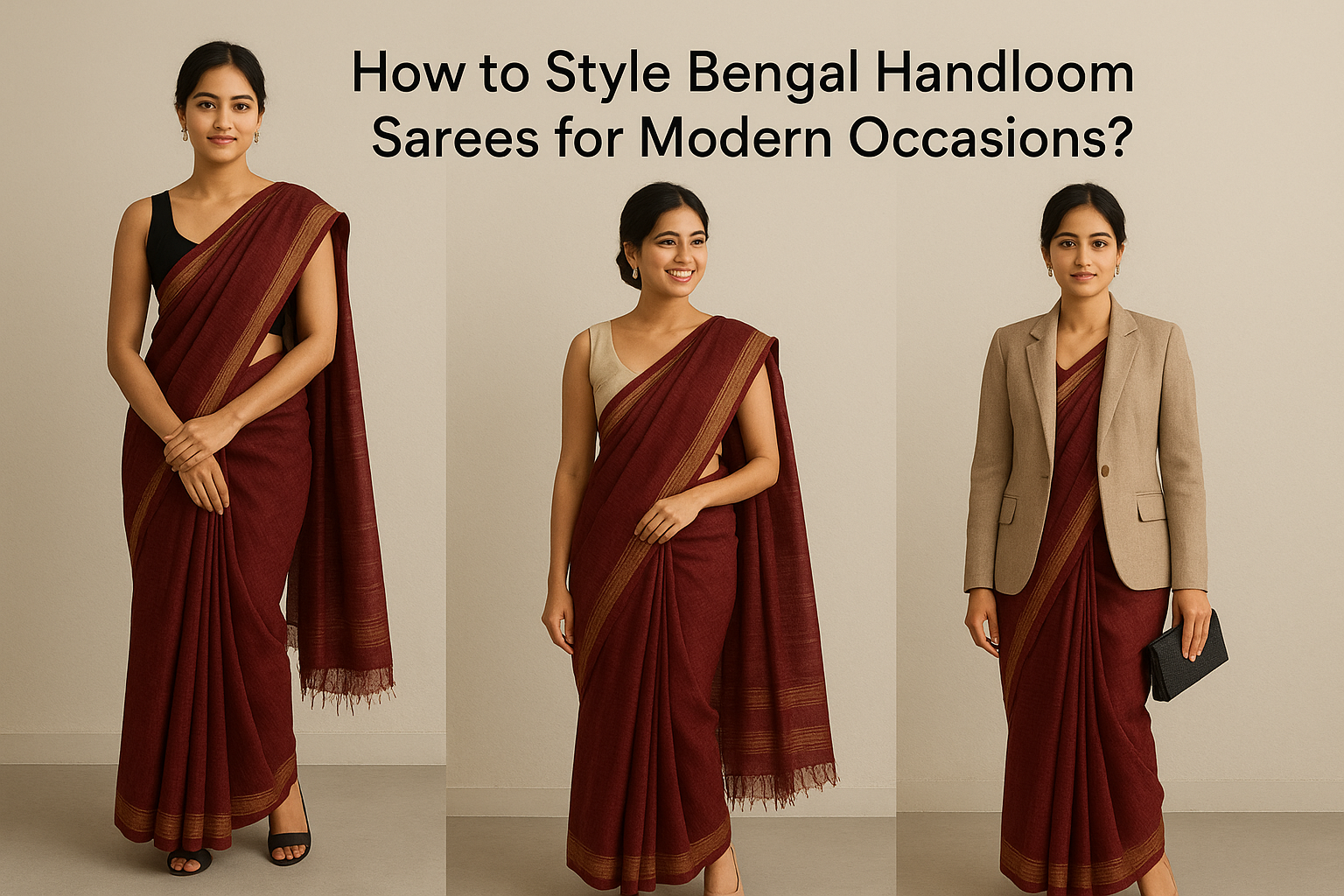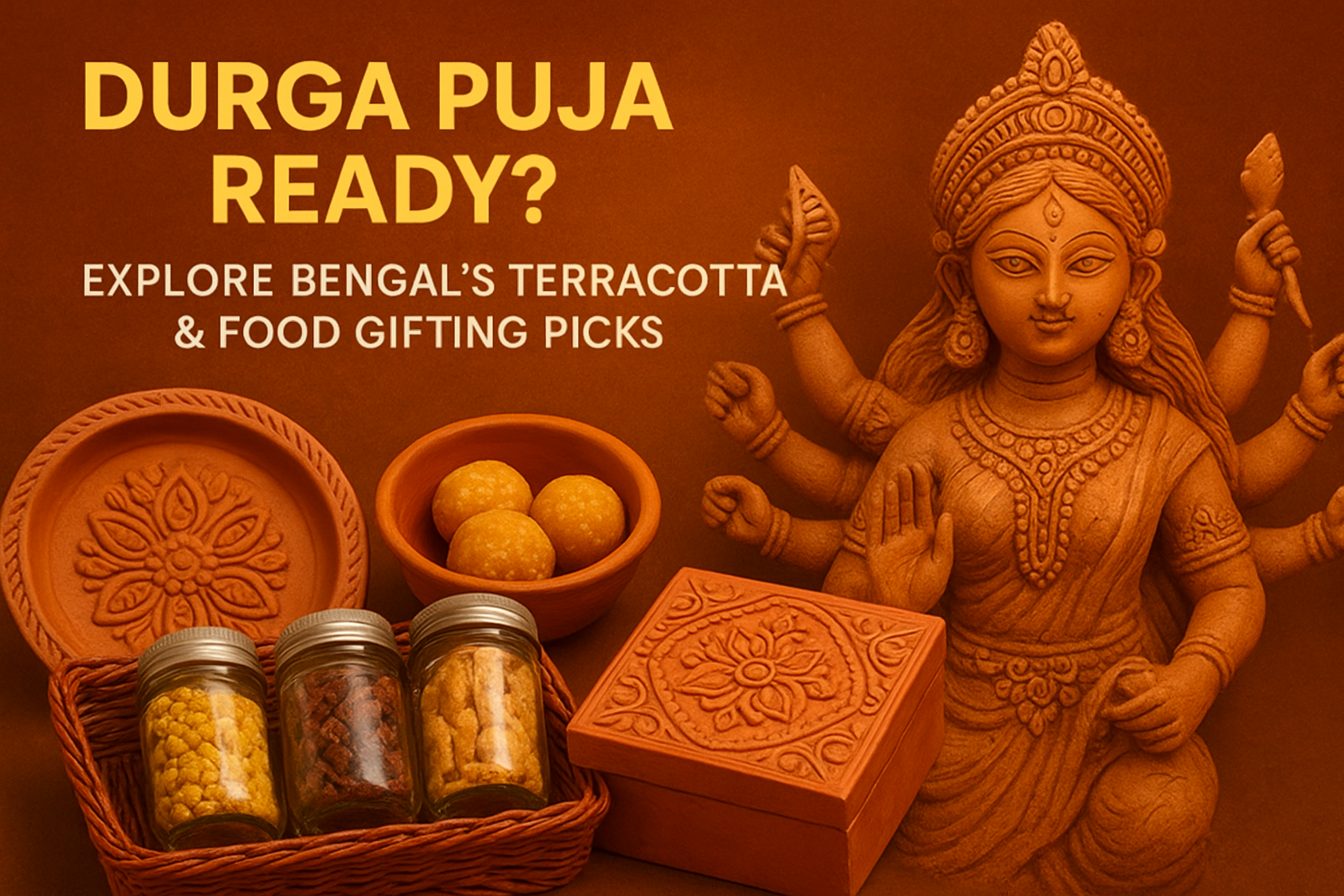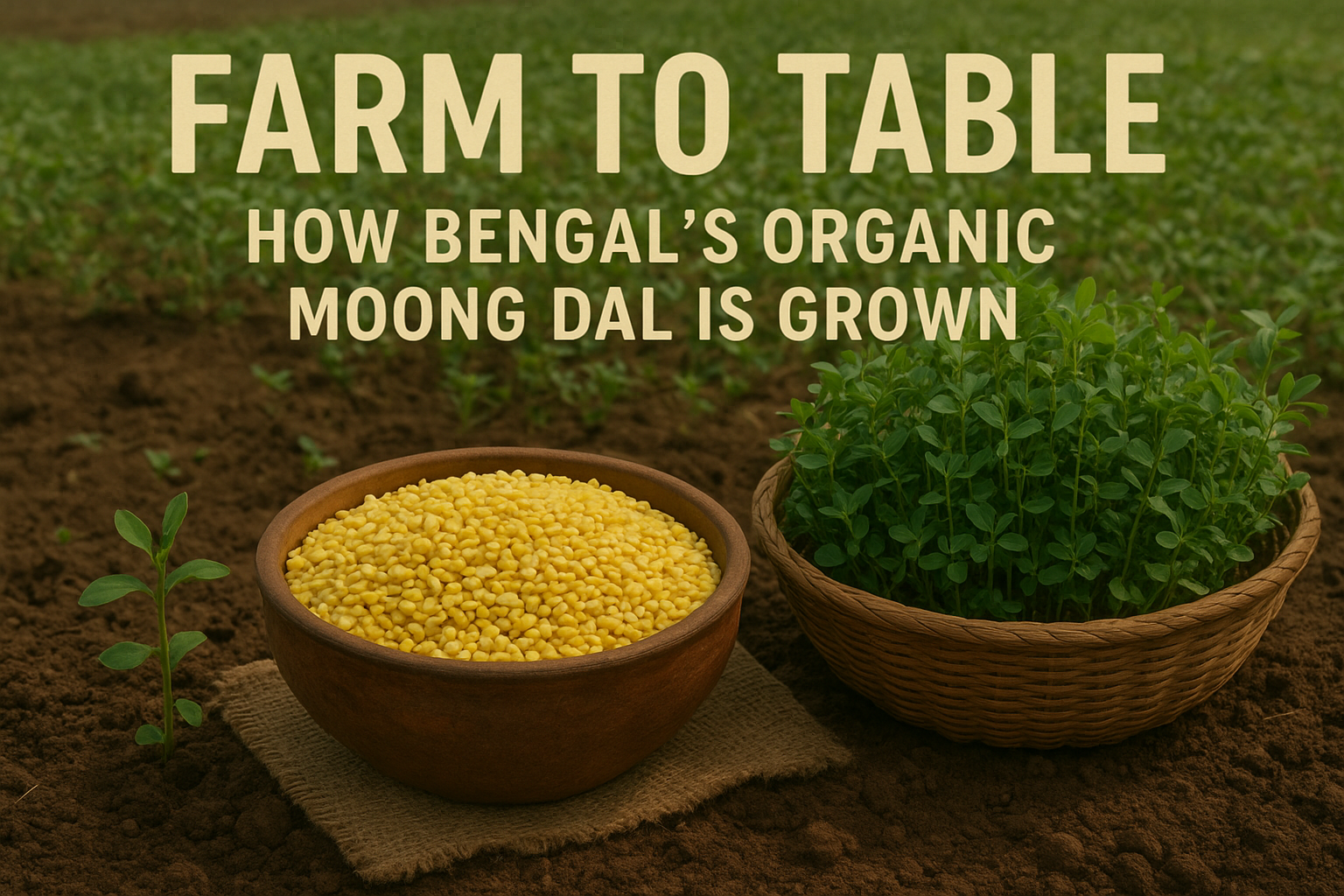The first time I saw my grandmother drape her old handloom saree, I didn’t just see fabric—I saw magic. The borders glowed in contrasting shades, the motifs seemed to whisper their own tales, and the way she carried it felt like she was wrapped in memory itself. She told me how her mother had passed it down to her, and suddenly I realized: this wasn’t just a saree. It was a story. A woven story.
A woven story is never just a straight line—it’s threads crossing, tangling, and finding their way into patterns you don’t expect. It feels like fabric coming alive, where every color is a memory and every knot is a moment of struggle or love. Some parts are smooth and flowing, others rough and stubborn, but together they create something whole, something that carries warmth. Handloom, in many ways, is that very story, stitched patiently by human hands.
Handloom is not just about fabric—it’s about patience, rhythm, and heritage woven together on wooden frames that creak with stories. Long before machines took over, every strand of thread was pulled, twisted, and interlaced by human touch, turning simple yarn into living art. In villages, the loom was more than a tool; it was the heartbeat of culture, a sacred bond passed down through generations. Each motif was never random—it carried meaning, sometimes a blessing, sometimes a tale of the land. And every saree born of this craft held a quiet dignity, one you could feel just by touching it.
A handloom saree is more than just six yards of fabric—it’s six yards of culture, identity, and pride. Draping one is like wrapping yourself in centuries of artistry and tradition. Each region lends its own voice to the weave—the bold, storytelling motifs of Baluchari, the regal shimmer of Banarasi, or the breezy grace of Tant. Wearing them is not just about beauty—it’s about carrying the weight of heritage with elegance. It is a culture you can feel against your skin. You can easily explore options to Buy Handwoven & Pure Cotton Sarees Online in Bengal from trusted sources like The Bengal Store, which celebrates authentic craftsmanship.
And within this wide tapestry, every handloom saree has its own personality. The Ganga-Jamuna sarees, with borders in two contrasting hues, embody the harmony of two mighty rivers flowing side by side. The cotton Jamdani saree, feather-light and artistic, is known for its intricate motifs that seem to float in the air—a weave once treasured in royal courts for its sheer delicacy and elegance. On the other hand, the Charulata saree carries its own charm, often celebrated for its soft textures and understated beauty, designed to reflect grace in the simplest of forms. Each piece is a dialogue between tradition and artistry, a legacy that still finds its place in the wardrobes of women today.
And here’s the beauty—what was once tucked away in our grandmothers’ trunks has now found its way back into the spotlight. There’s a fresh craze for handloom sarees, and it’s not hard to see why. They’re gracing fashion ramps, lighting up Instagram feeds, and making their way into everyday wardrobes. For today’s generation, it’s not just about nostalgia. It’s about sustainability, authenticity, and pride in culture. Wearing a handloom saree feels like making a statement—you’re choosing stories over trends, craft over mass production. Tradition is meeting modern confidence, and the old weaves are suddenly new again.
If you want to buy Daaker Saaj Saree or handwoven & pure cotton sarees online in Bengal, The Bengal Store offers a curated collection that celebrates Bengal’s rich handloom heritage, blending tradition with elegance in every piece.








